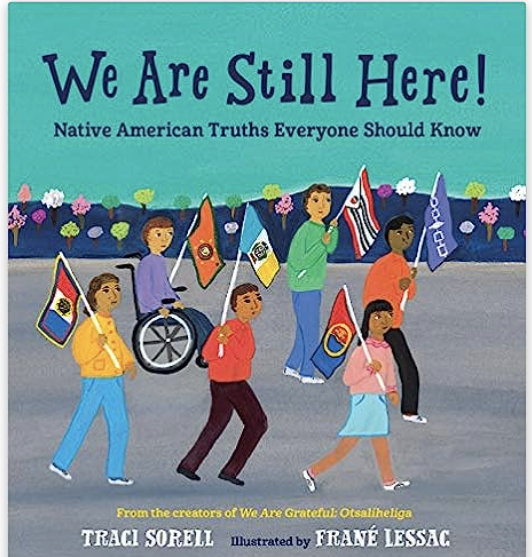Summary
This book takes the approach that Native American history and the stories of what has happened in the past are not over yet. It takes the approach that it is not just another finished chapter in a history book that no longer has implications in today’s world. On the contrary, that is not the case. This book follows Native American characters as they fight to be recognized for all the hardships their ancestors were put through and how it still impacts them today with a focus on empowerment.
Theme(s):
History, recognition, speaking up
Personal Response
I connected with this book because I feel like today, now more than ever, people are recognizing and confronting the systematic oppression that has taken place in history. However, it is not just in the past because certain populations still feel the effects. Often it is related to African American, Black, and Asian American populations but skips over Native American as if white people in America didn’t do what we did, such as assimilation schools and camps. There has been little accountability.
Teaching Ideas
When using this book in the classroom, I think I would take the approach in social studies lesson(s) about being held accountable for things that have happened in the past with Native Americans and other populations still impacted by these decisions made years ago. I would then turn it into a current event and have students research articles and topics that focus on how Native Americans are still affected by what happened in history today. I would want students to pull statistics with research.
Recommended Reading Level
Grade 04, Grade 05, Grade 06



